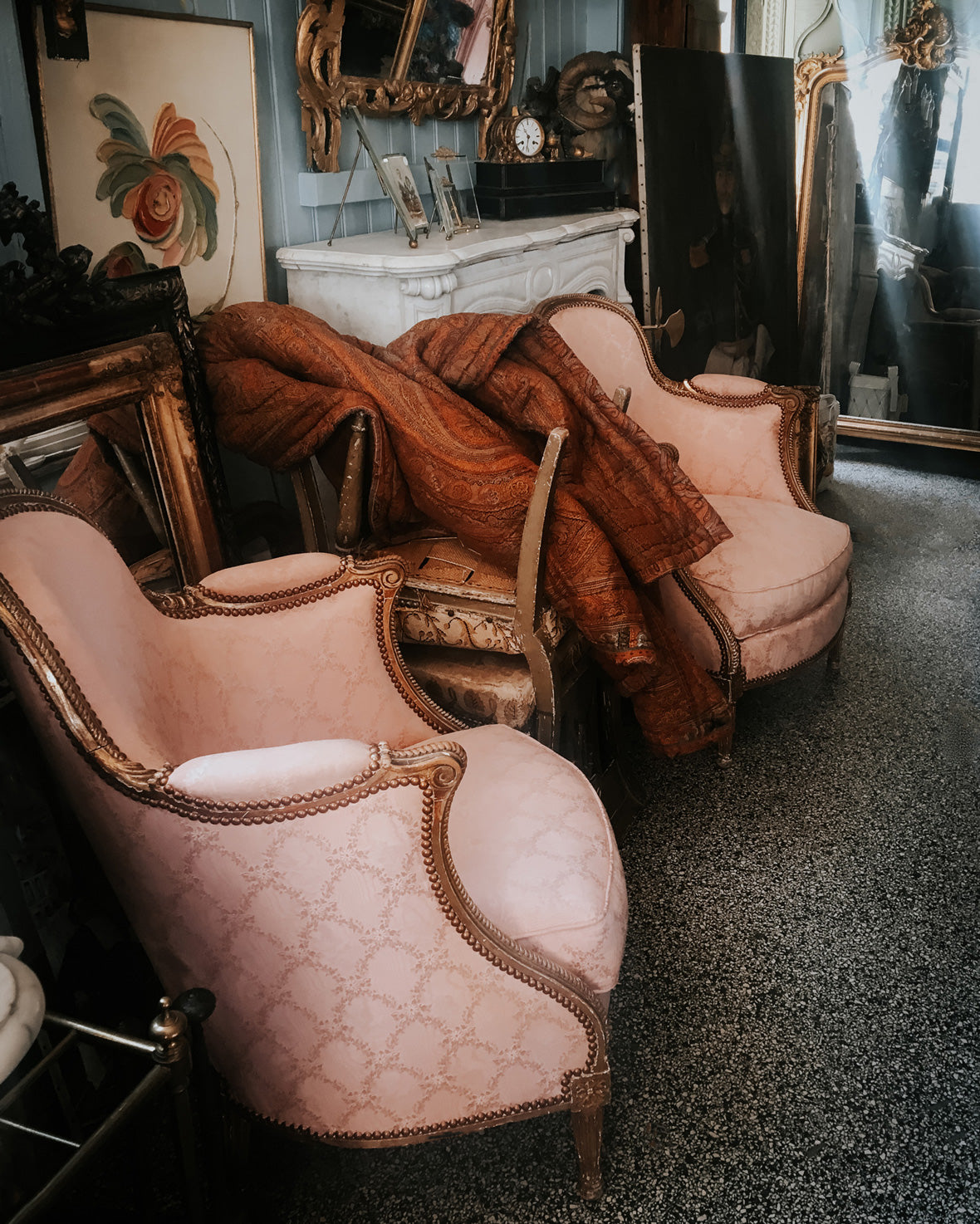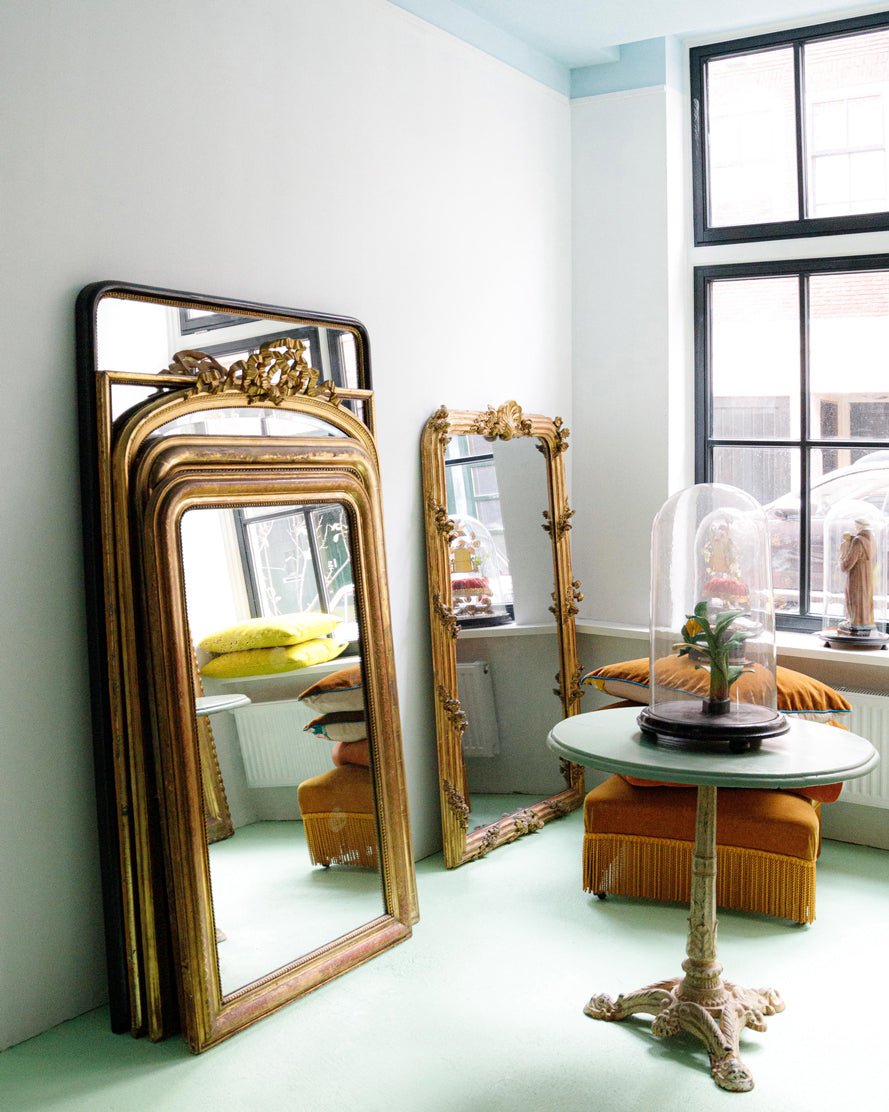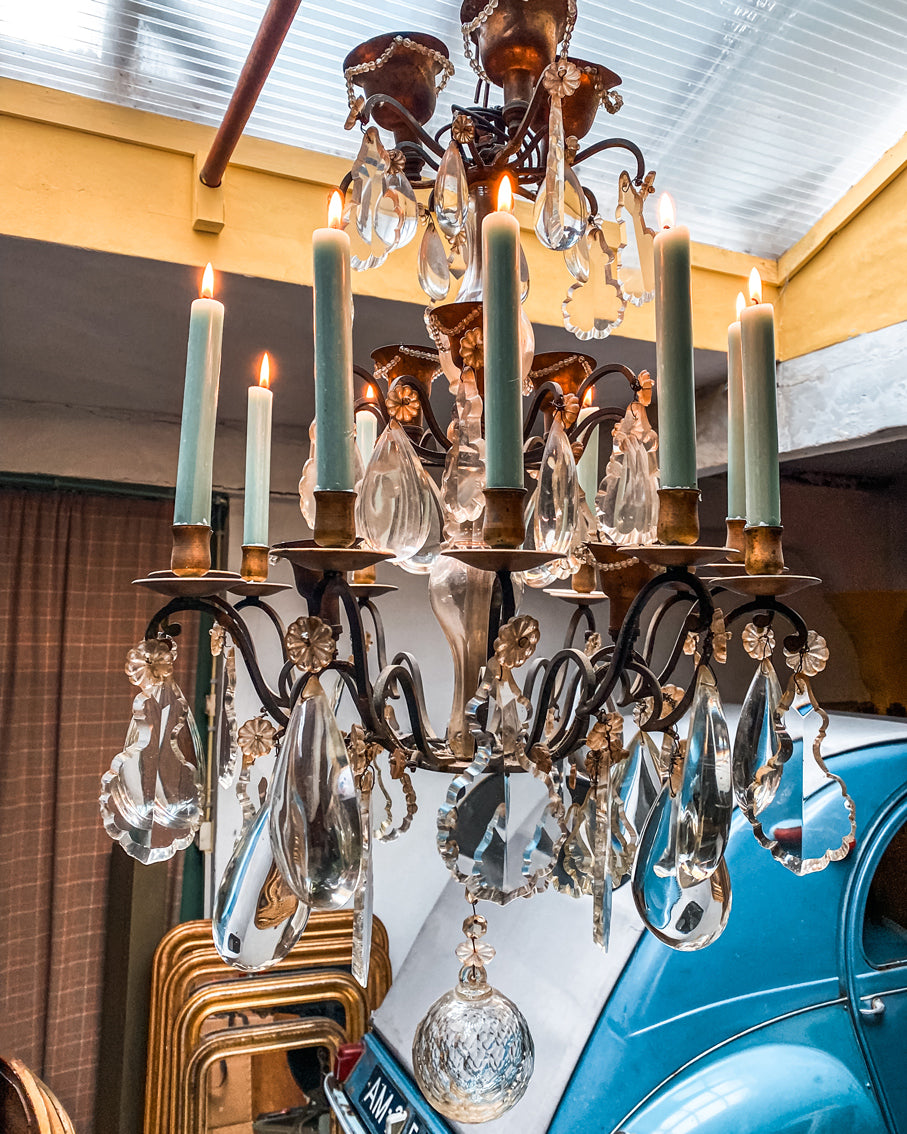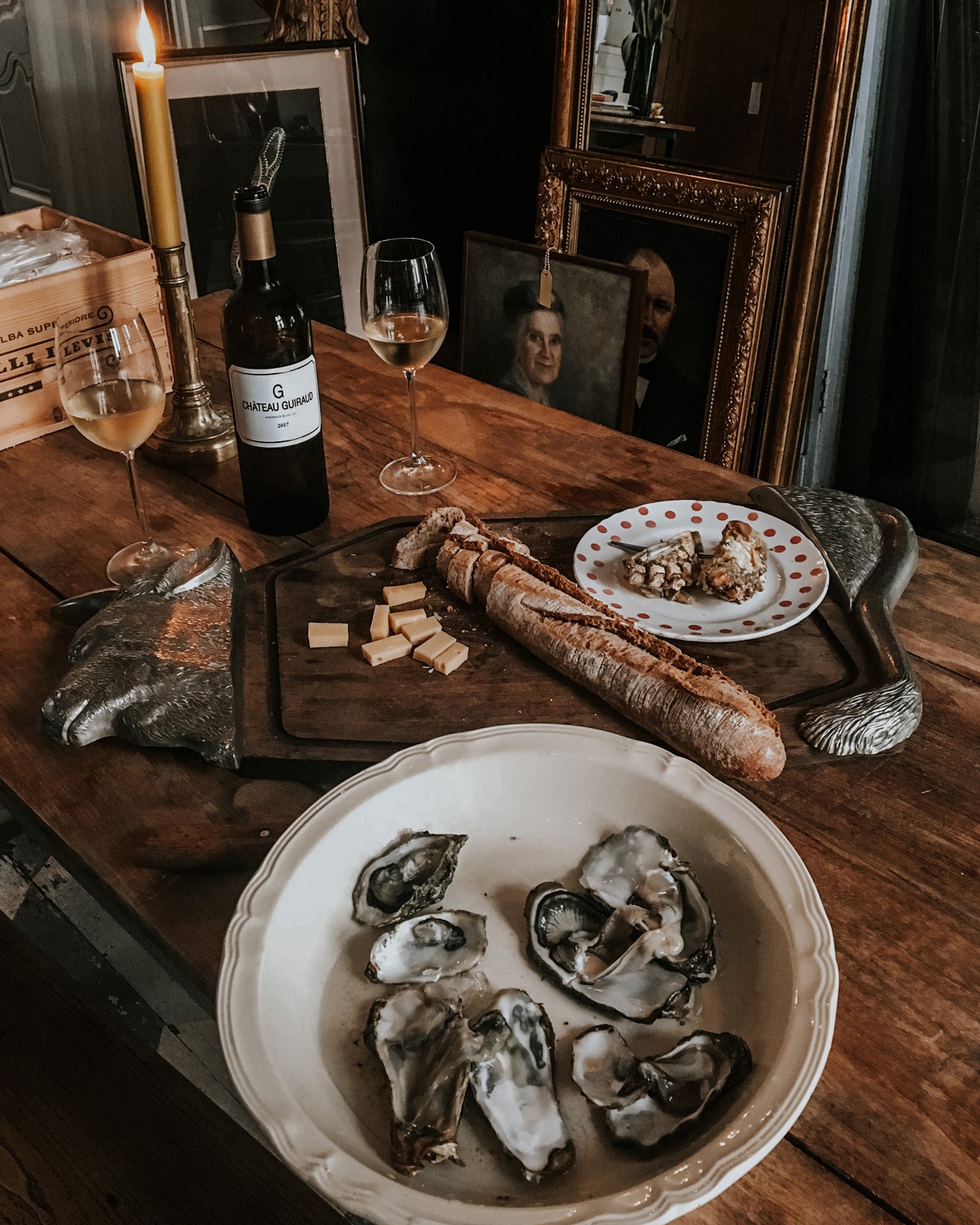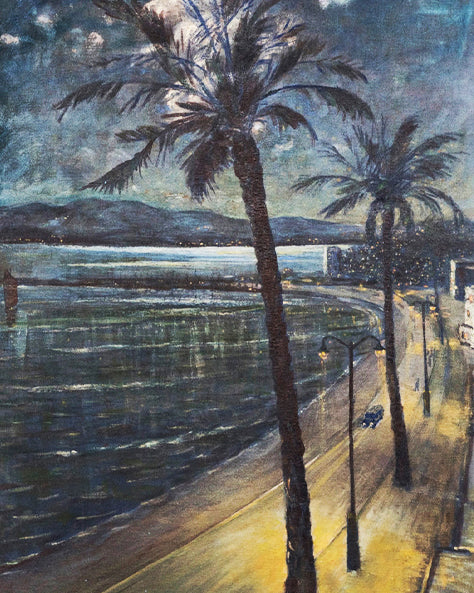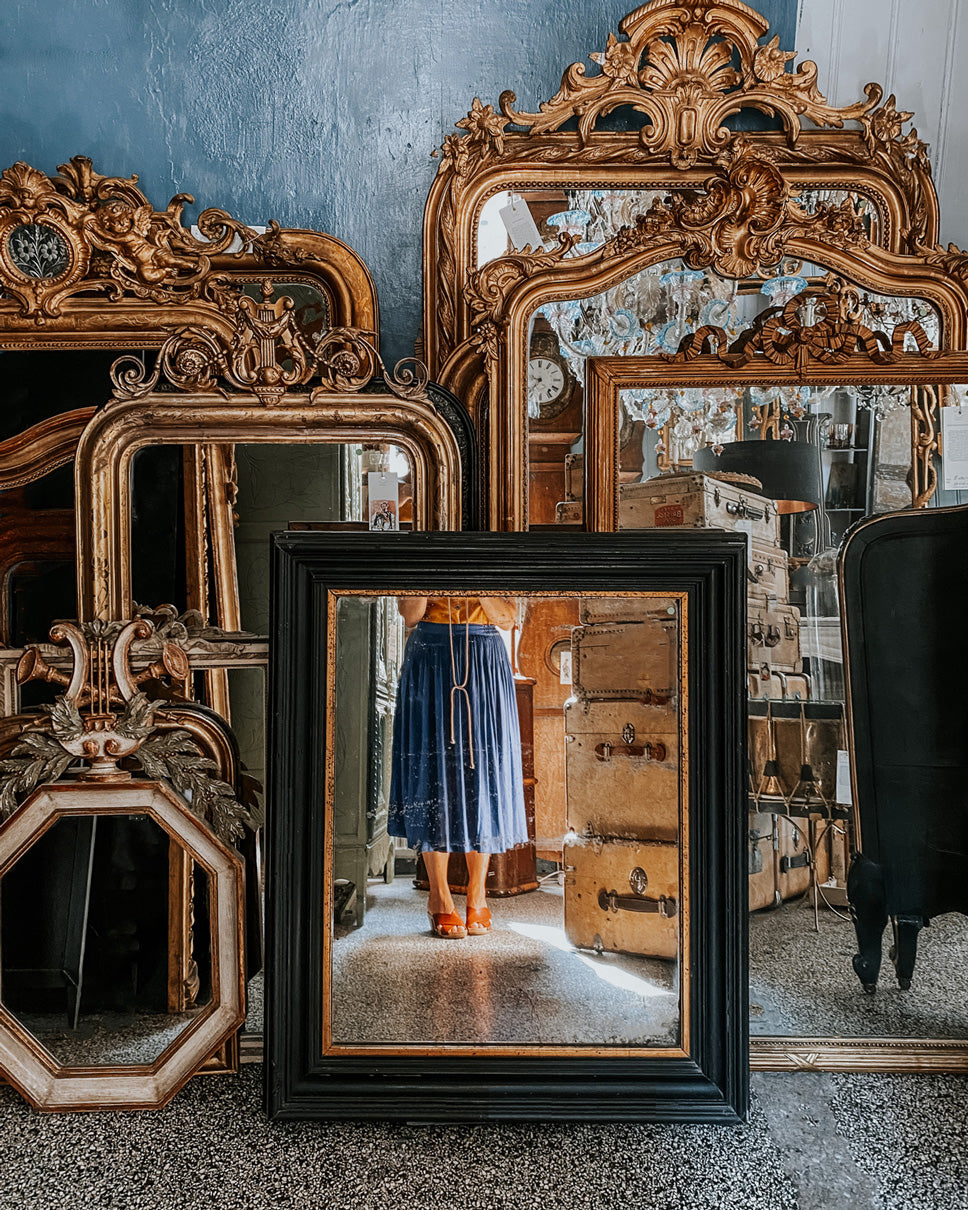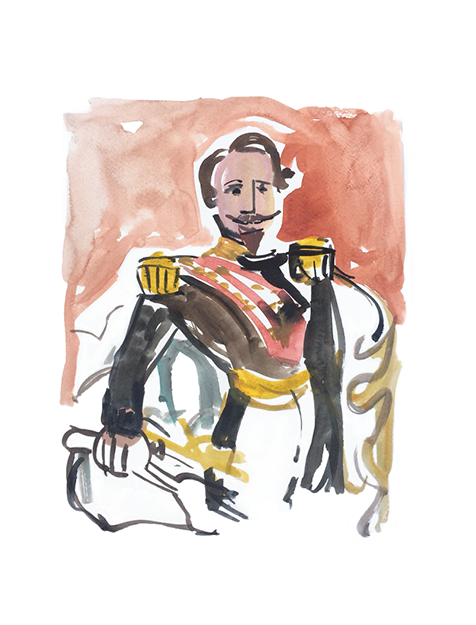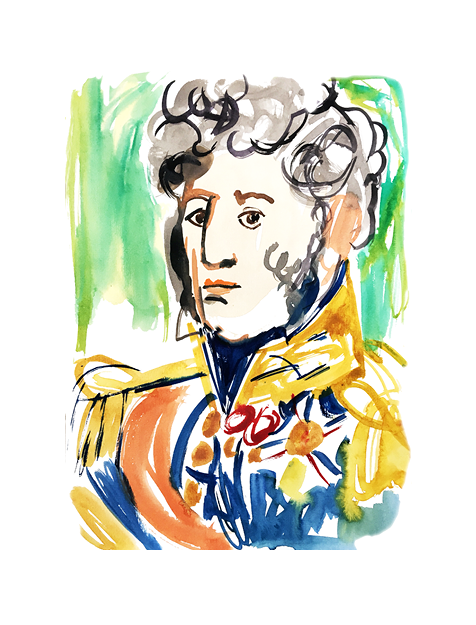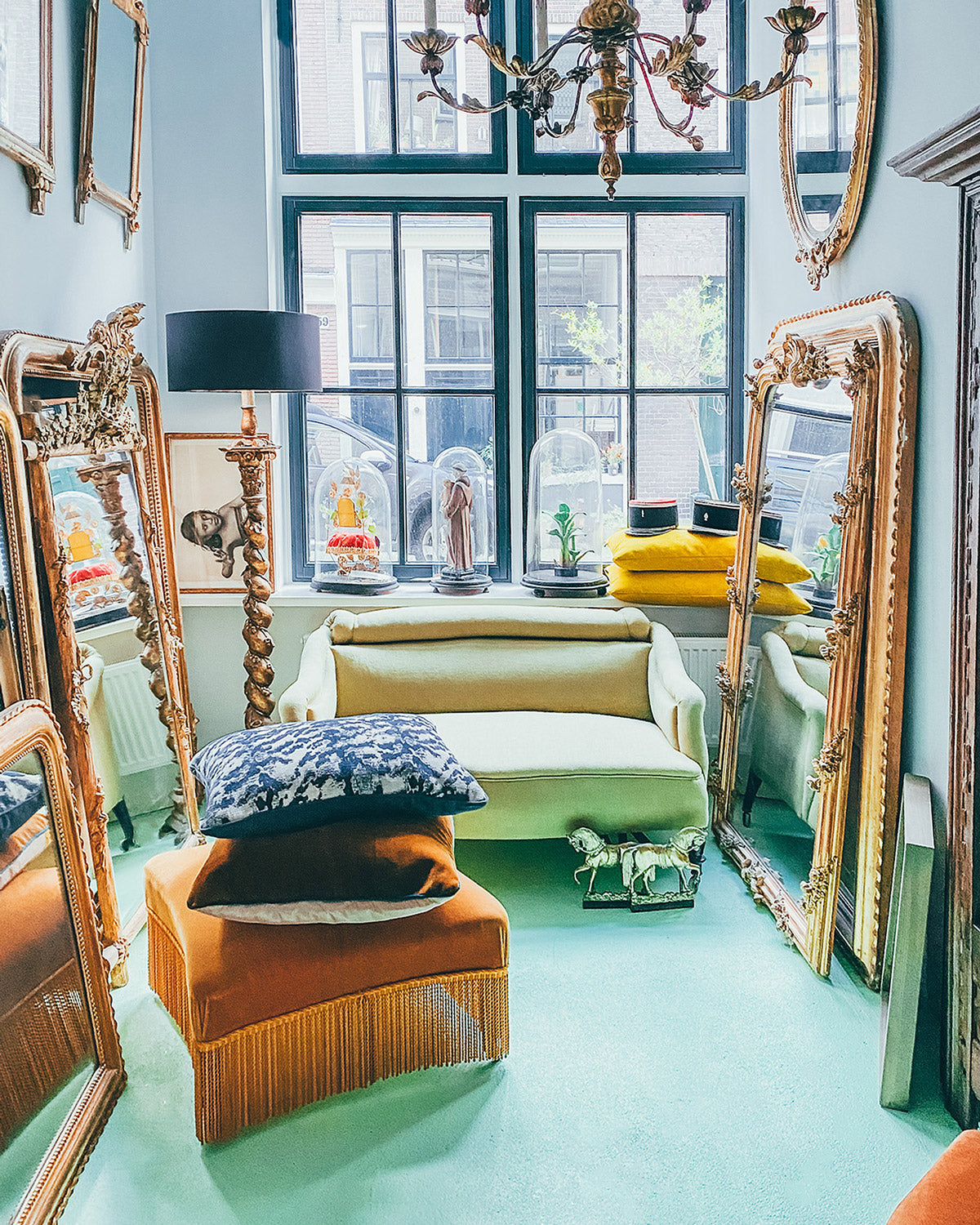10. Meet the French Royal Style: Napoléon III
Master of Disguises, Velvet Upholstery, and the Grand Comeback
Before he became Emperor, Napoléon III was… let’s say, a persistent applicant. Two failed coups, a stint in prison, and a lumberjack costume later, he pulled off one of the most stylish escapes in French history—just walked out the front door, beard and axe in tow.
But plot twist: this rebellious royal wasn’t just about drama. Once in power (at last!), he became the first French ruler elected by popular vote - president of France from 1848 to 1870 - and turned Paris into the city of light we know and love. With Baron Haussmann as his urban planner and an eye for theatrical flair, he reimagined boulevards, built train lines, and threw his weight behind architecture, interiors, and industry like an emperor with a Pinterest board.
Oh, and in retirement? He designed an energy-saving stove. Because naturally, a true style icon never stops reinventing.
Furniture Style: Napoléon III - Eclectic, opulent, and unapologetically extra
Think of the Napoléon III style as the design equivalent of a costume ball in Versailles—with a steamer trunk full of exotic fabrics, Victorian moods, and gilded flourishes.
Material World
Natural wood? Boring. Bring on the black lacquer, polychrome finishes, and sultry ebonised veneers. The Industrial Revolution opened the gates to bamboo, papier-mâché, and ironwork—fancy and futuristic.
Small but Mighty
Oversized is out. Petite, decorative pieces make their grand entrance: elegant side tables, curvy étagères, dashing corner cabinets—perfect for styling those just-bought-at-auction curios.
Let’s Talk Luxe
This era was haute couture in furniture form: tufted velvet sofas you could melt into, mother-of-pearl inlays, ormolu mountings, and porcelain plaques galore. Every piece whispered (or shouted): I cost a fortune.
A Bit of Everything, Darling
Grecian columns, Roman friezes, Orientalism, Renaissance revival—it’s maximalist, it's moody, it's a curated whirlwind through time. A 19th-century cabinet might feature Egyptian motifs one day and Baroque carvings the next.
Mirror, Mirror, Everywhere
Nothing said imperial swagger quite like a floor-to-ceiling mirror dripping in gilt. Napoléon III interiors practically glowed with oversized reflectors—more light, more drama, more you.
Decorative Arts Take the Spotlight
It wasn’t just furniture that got the royal treatment. Clocks, candelabras, music boxes, and even writing sets were crafted with painterly care and a touch of theatre. Form met function, then had champagne together.
The Takeaway
Napoléon III style is what happens when opulence meets innovation and throws a fabulous soirée. It’s dramatic, cosmopolitan, and steeped in nostalgia—but never afraid to flirt with the future.

